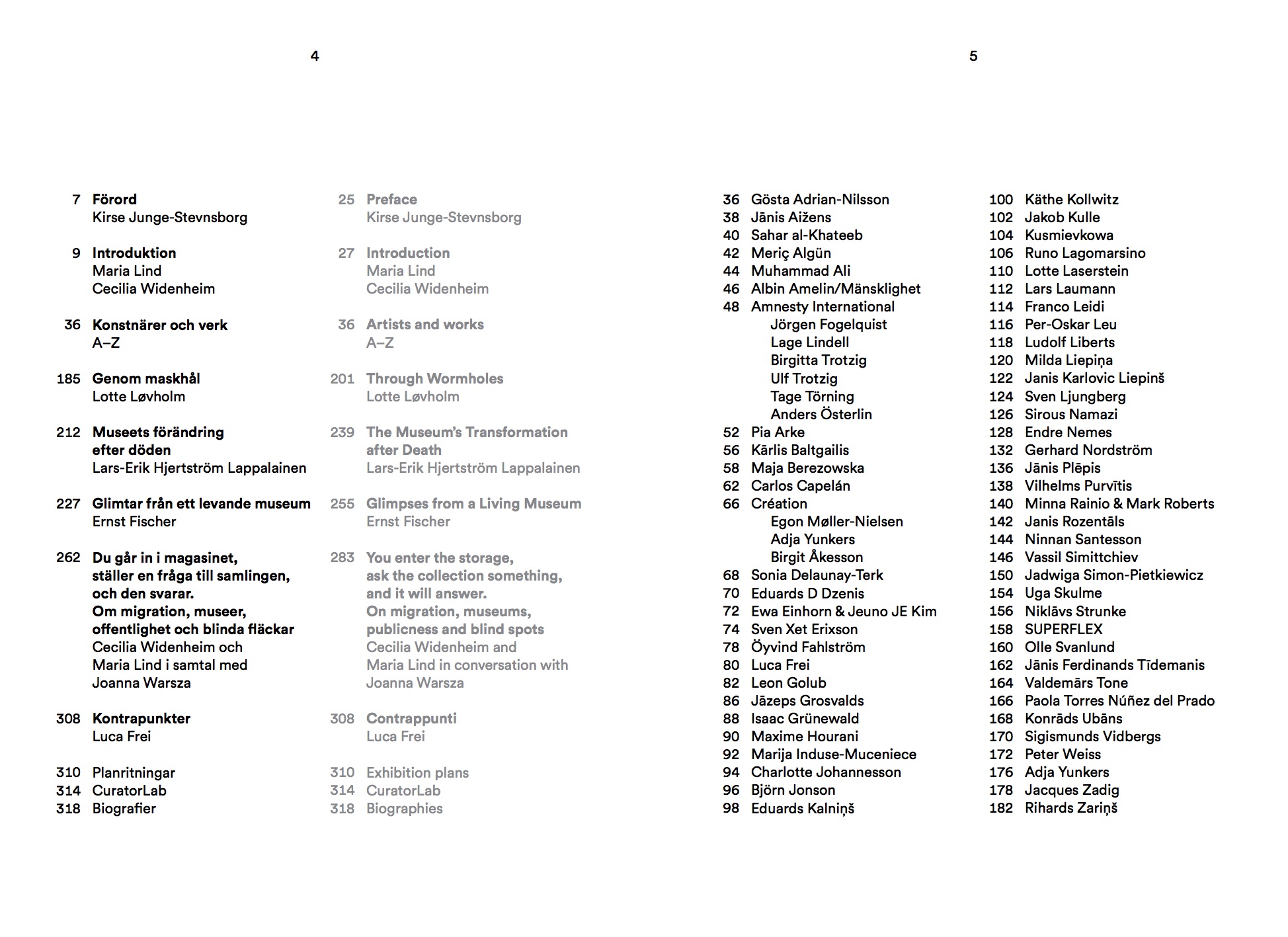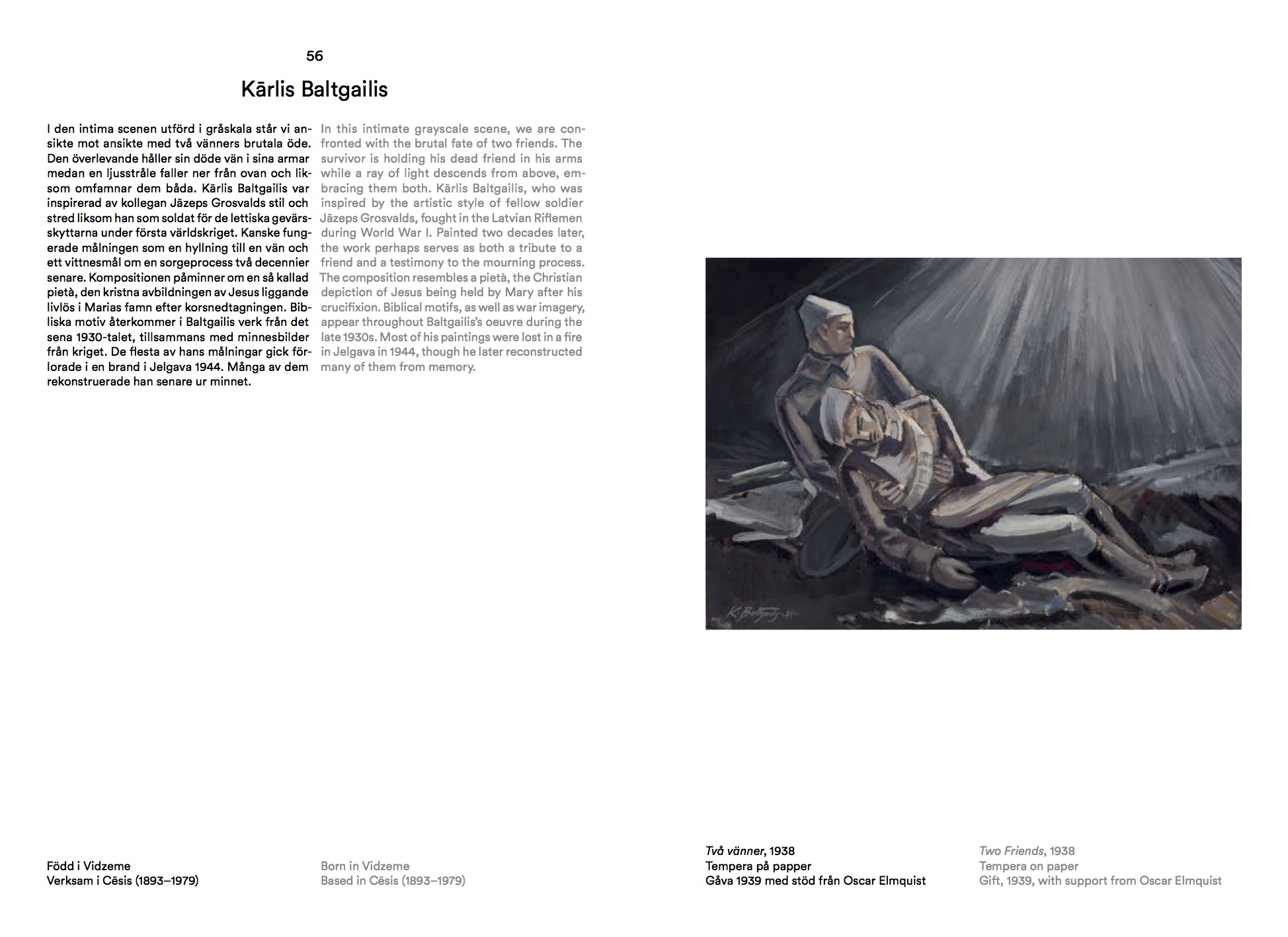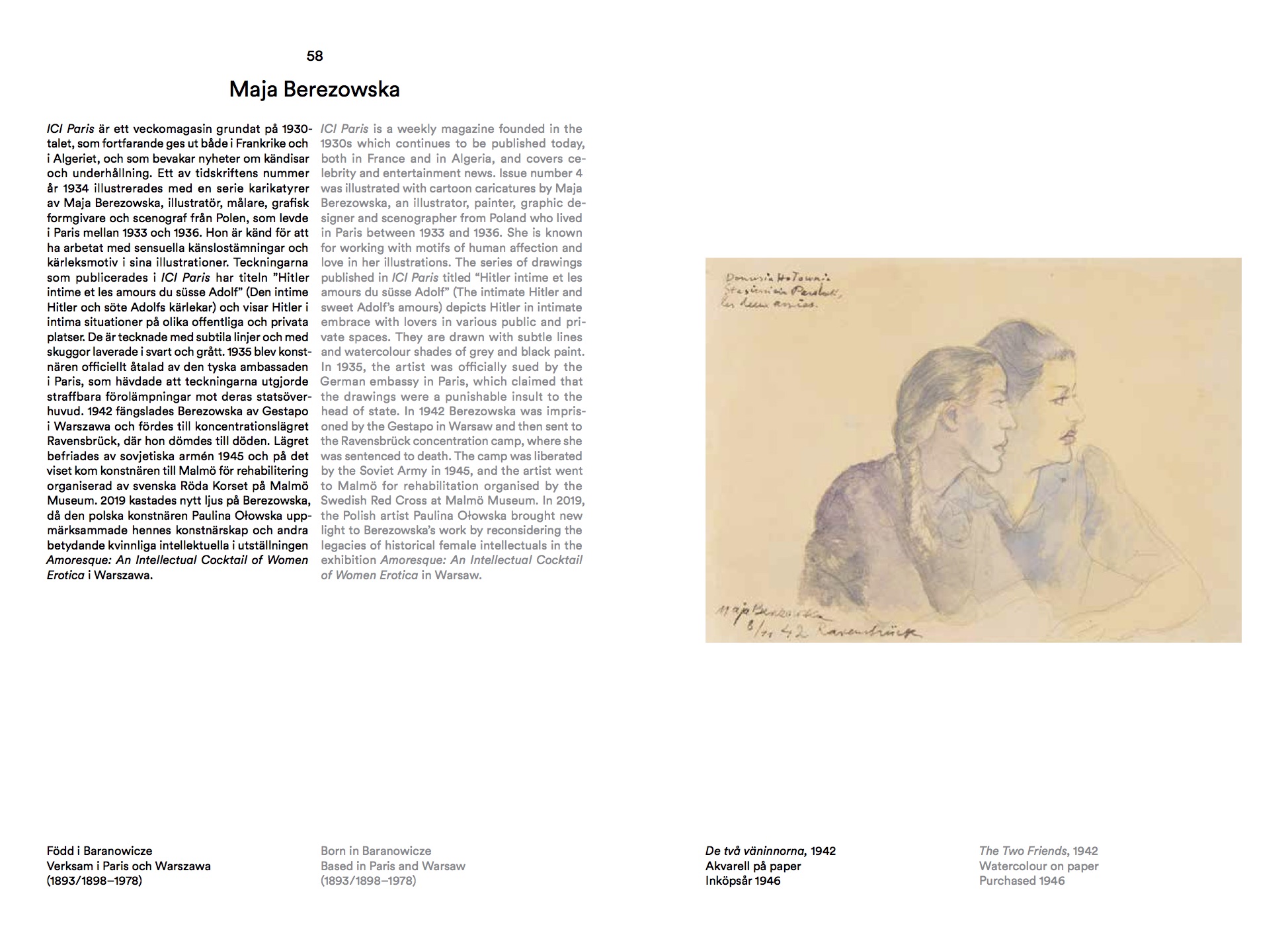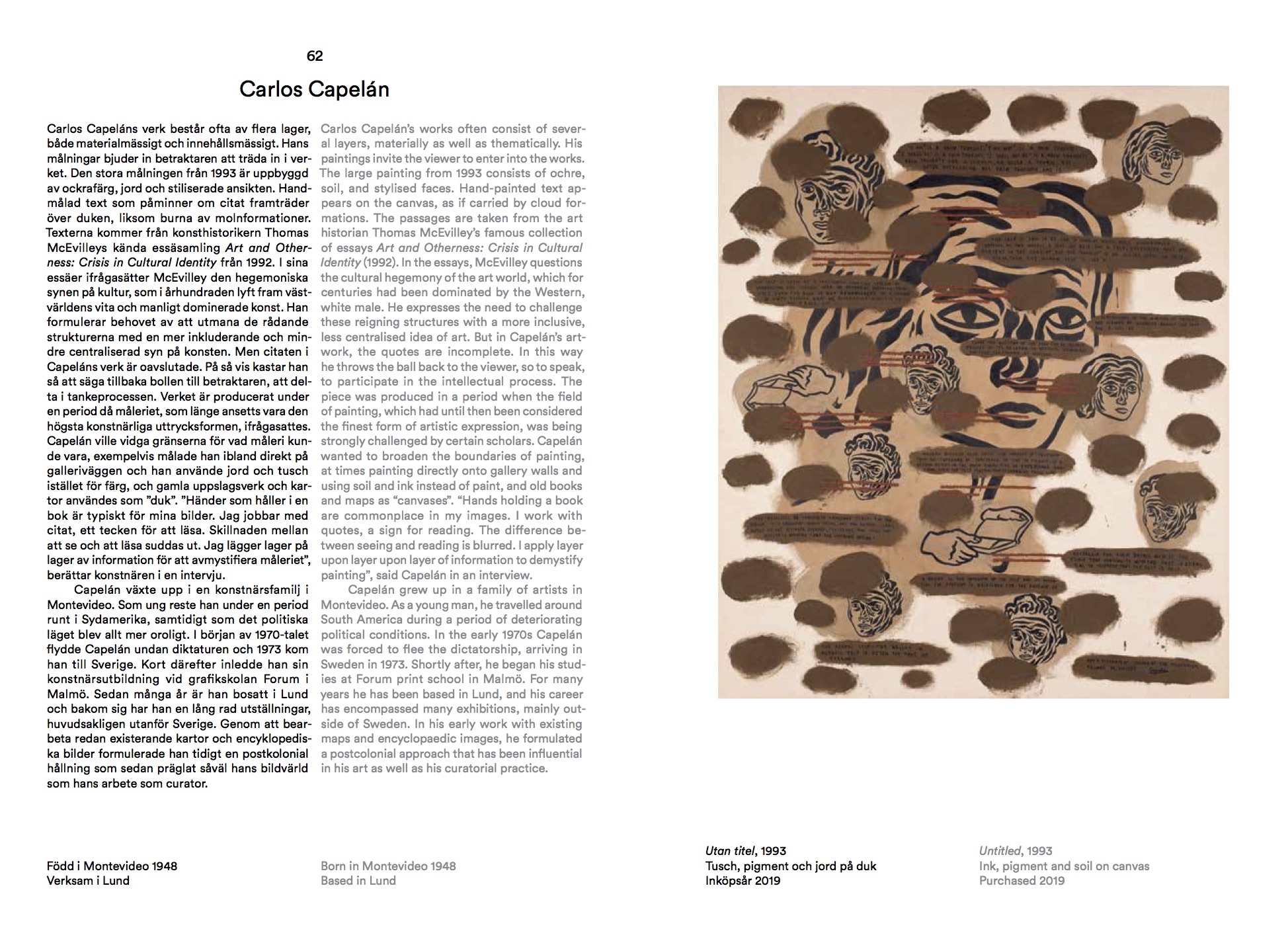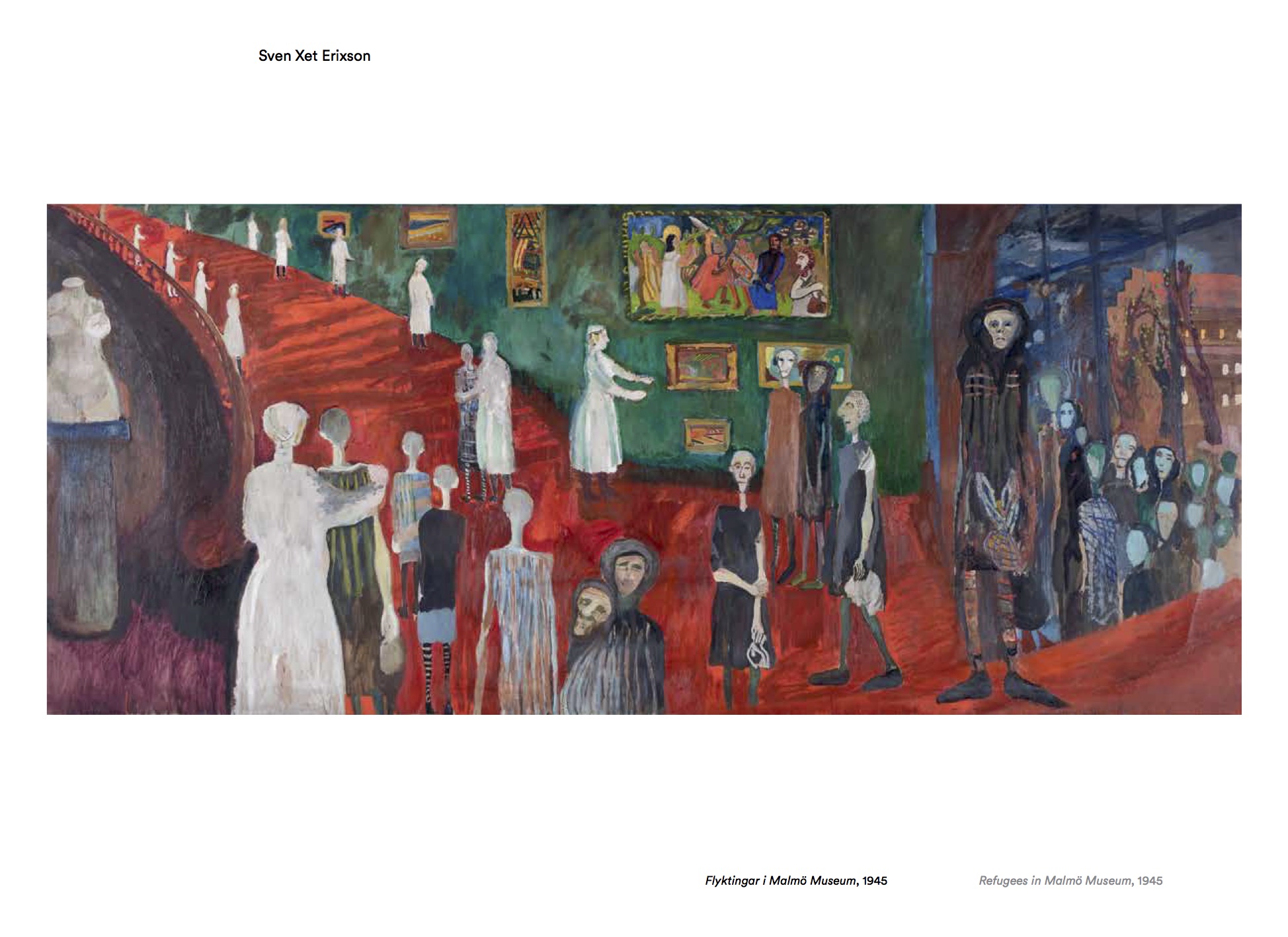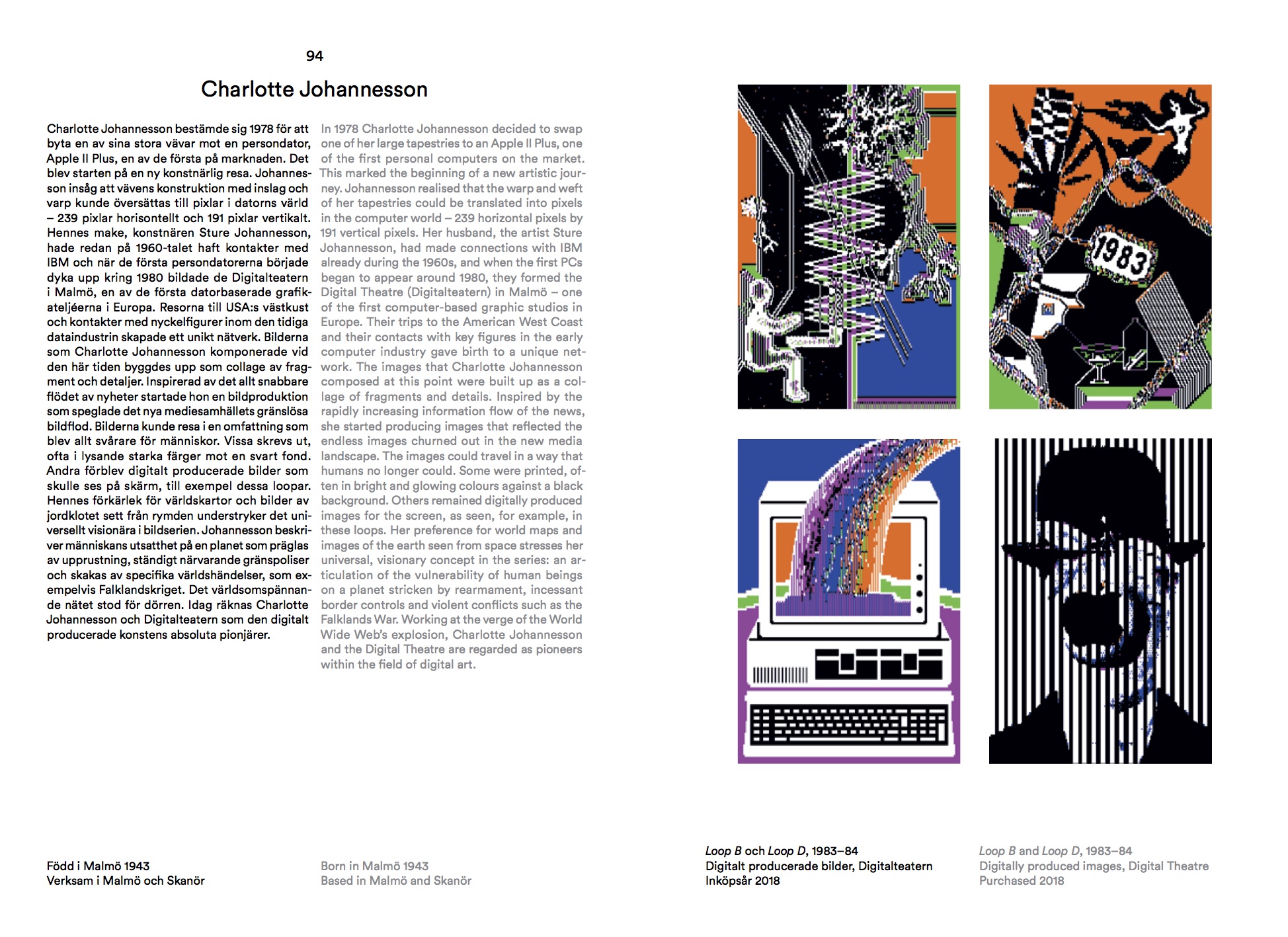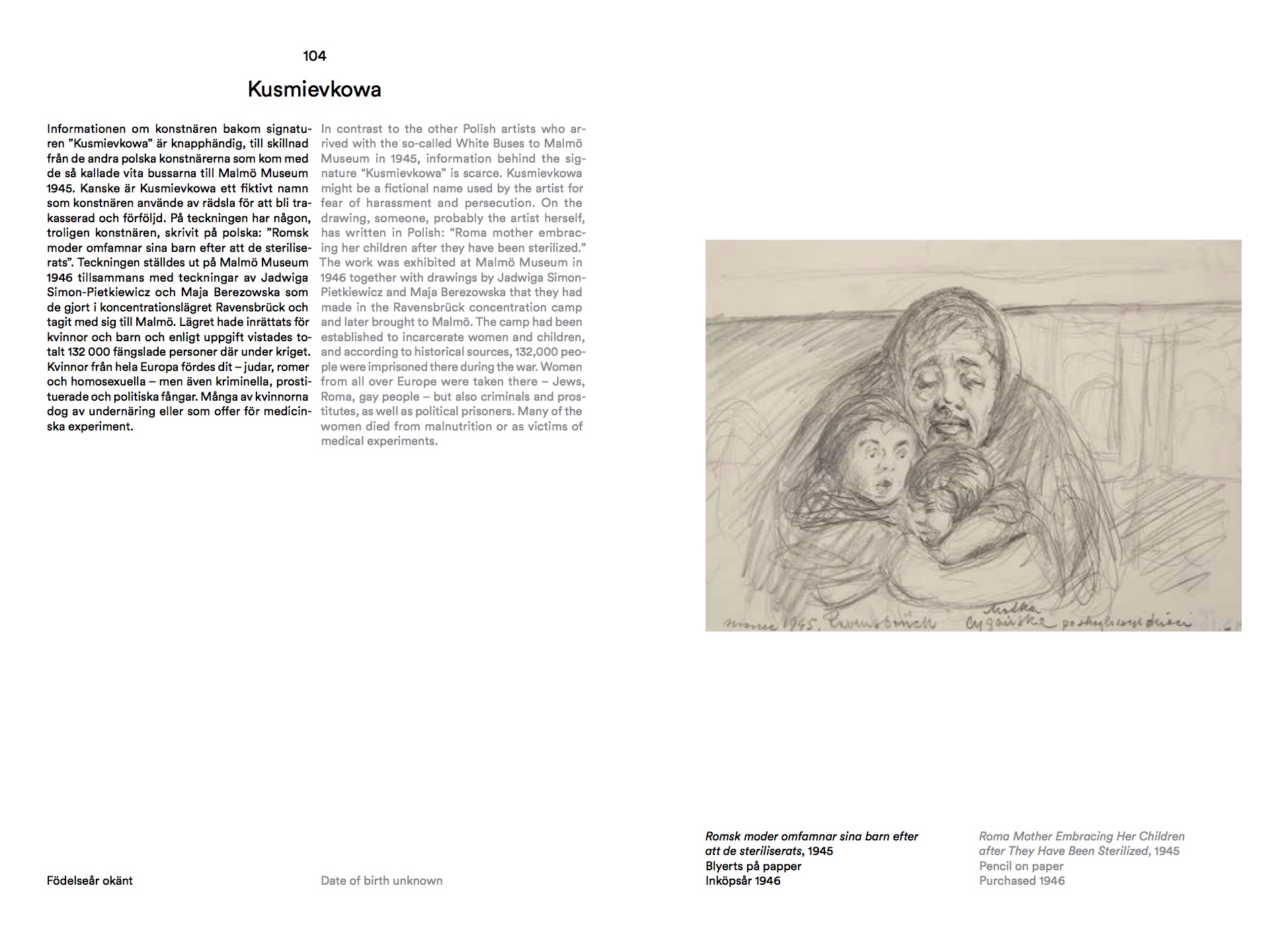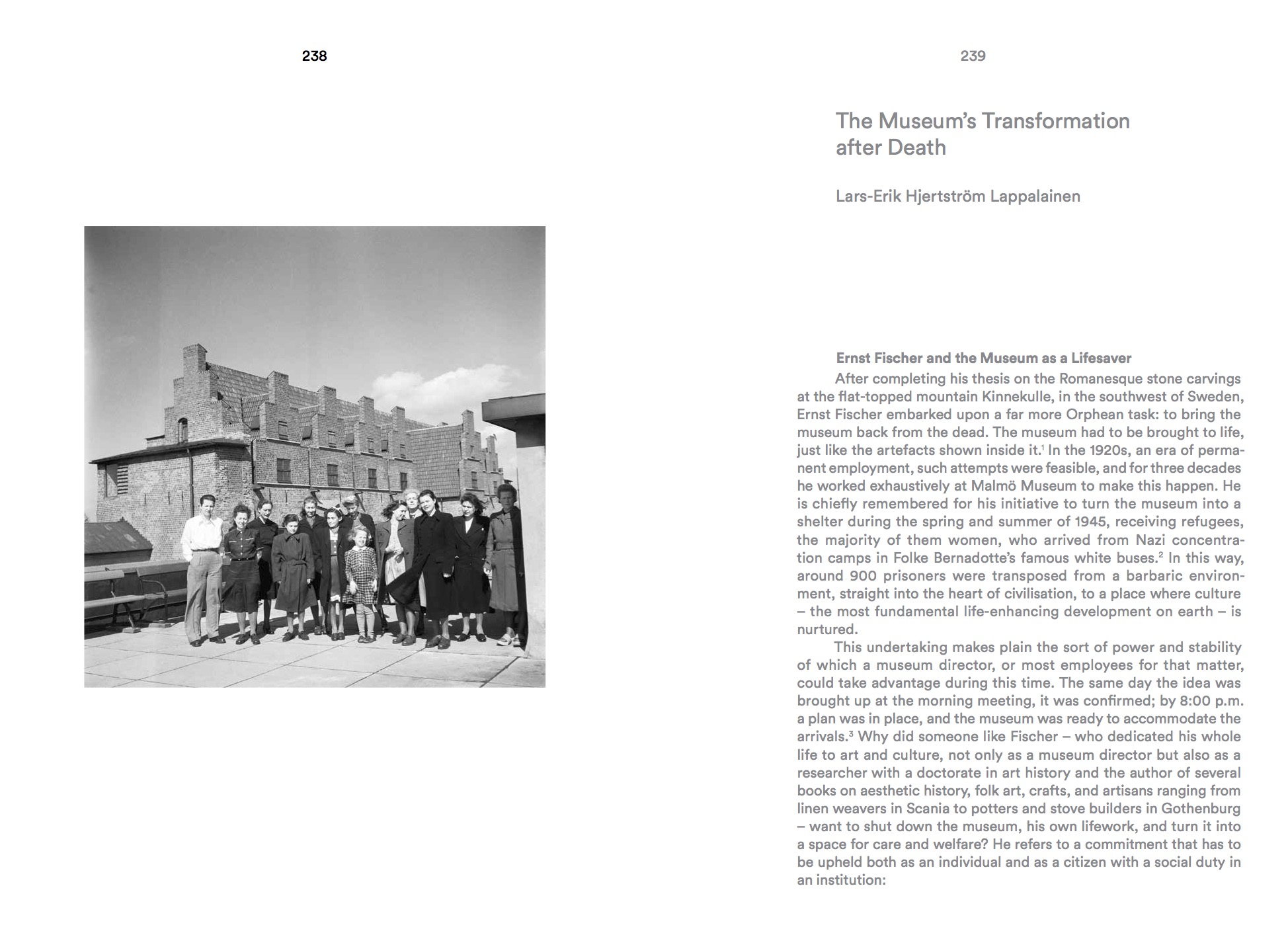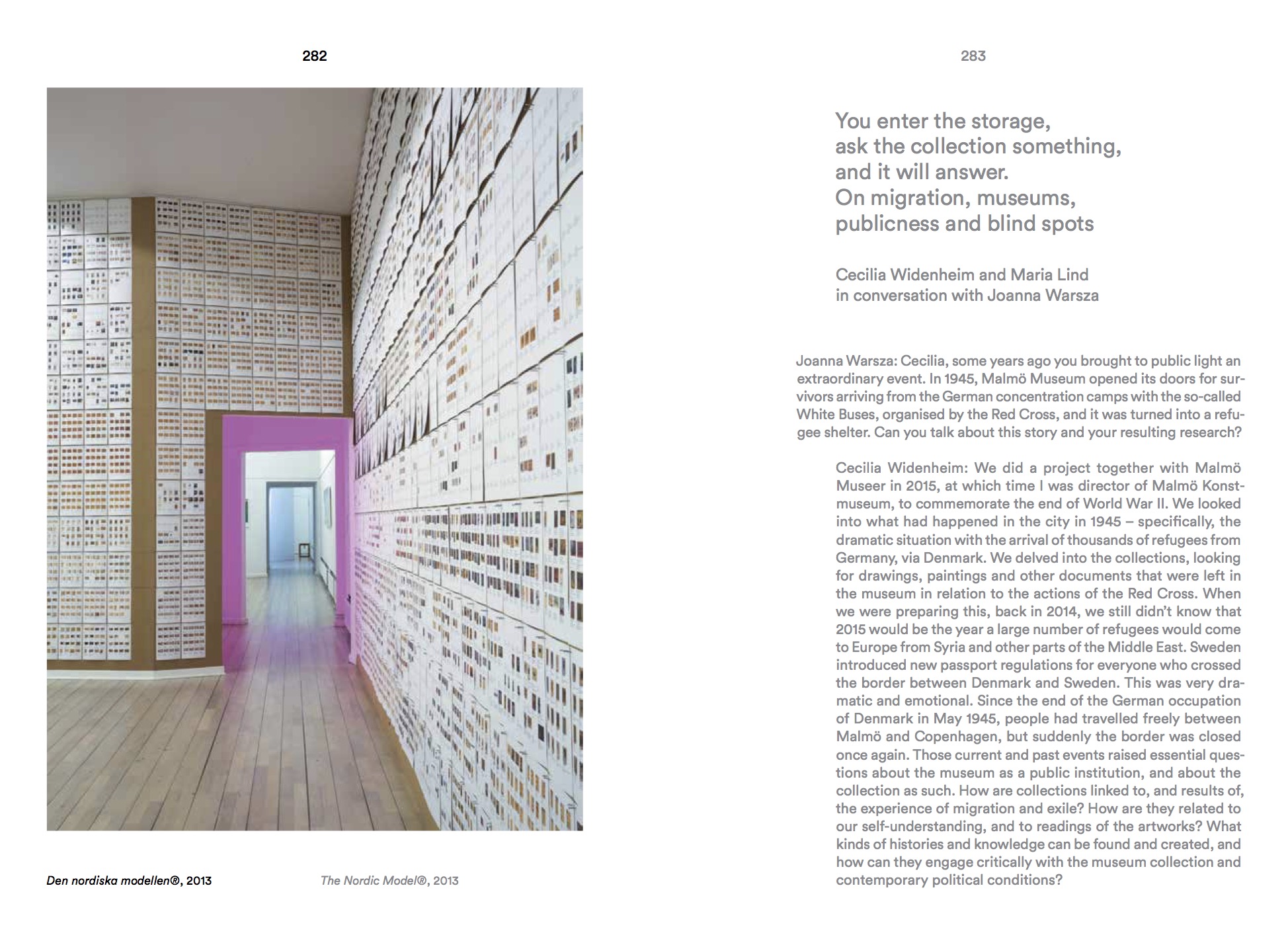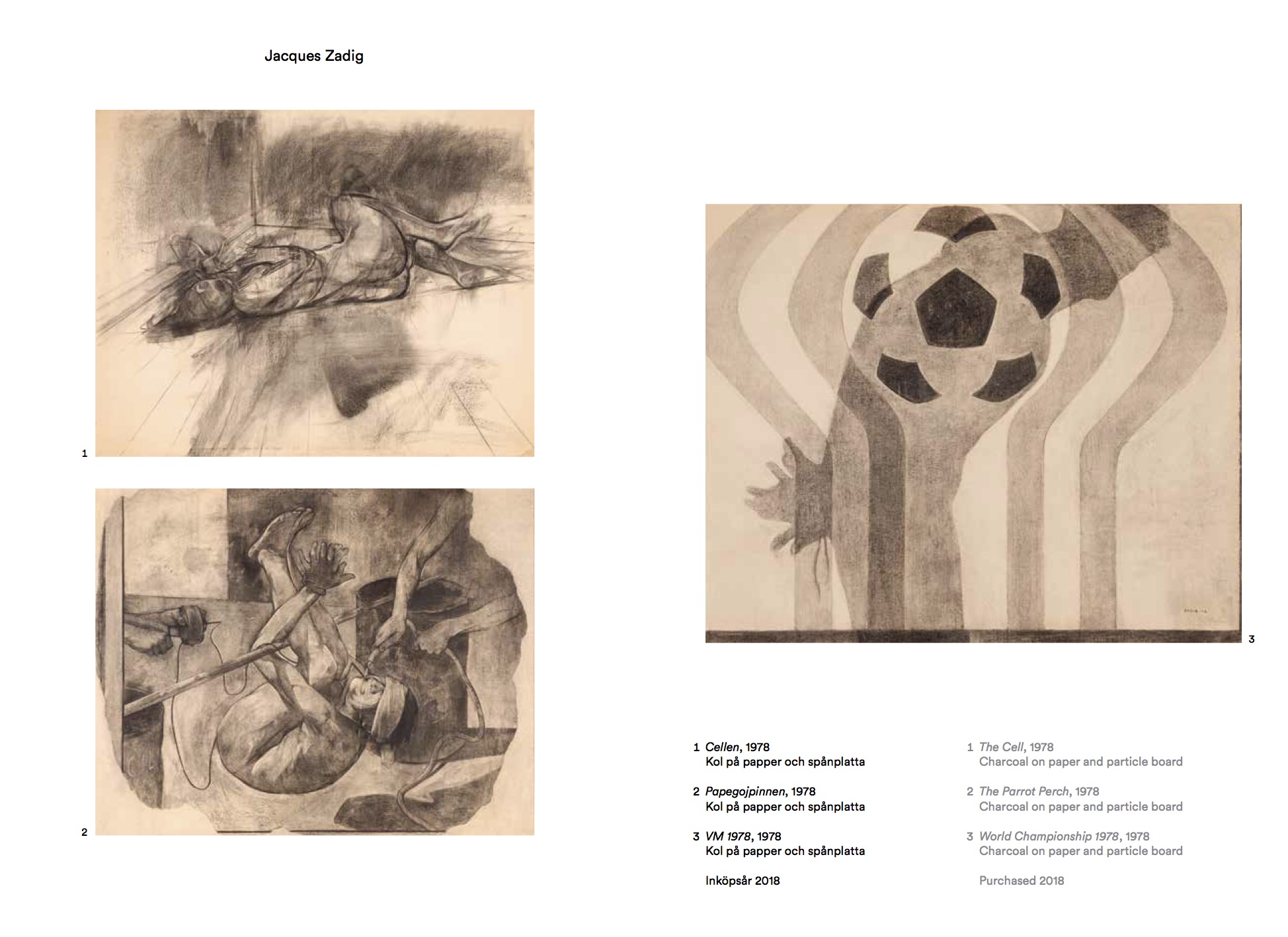Cart totals
| Subtotal | €190.04 |
|---|---|
| Shipping |
Shipping options will be updated during checkout. |
| Total | €260.04 |
| Subtotal | €190.04 |
|---|---|
| Shipping |
Shipping options will be updated during checkout. |
| Total | €260.04 |
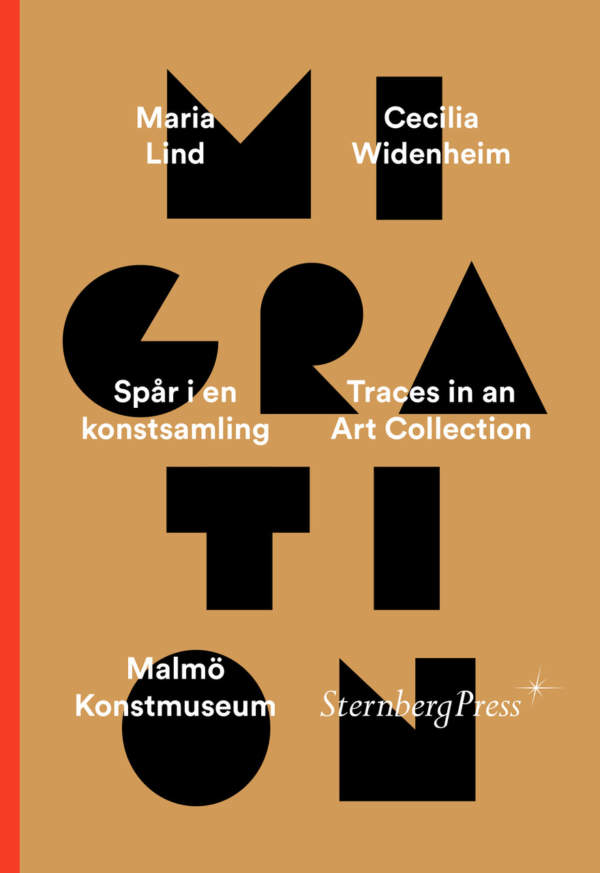
How have artists over the past 150 years related to migration and exile? And what role can a museum play in times of mass migration? Taking as its starting point the 2019 exhibition Migration: Traces in an Art Collection, which featured more than a hundred works from Malmö Konstmuseum made between 1880 and today, this publication brings to light the radical approach of museum director Ernst Fischer, who in 1945 transformed the museum into a refugee shelter for survivors of German concentration camps. It also highlights the museum’s long-forgotten Latvian Collection, comprised of art acquired in solidarity with the young Baltic nation and its exiles. Contrasting works by exiled artists such as Sonia Delaunay-Terk, Lotte Laserstein, Endre Nemes, and Peter Weiss further animate the discussion, as do the geopolitical concerns of Pia Arke, Öyvind Fahlström, and Charlotte Johannesson. Correspondingly, a conversation with the exhibition’s curators foregrounds the ways in which today’s artists reflect upon and articulate experiences of migration. Together, these re-readings of the collection and its potential contribute to an urgent debate on the role of museums in our time.
